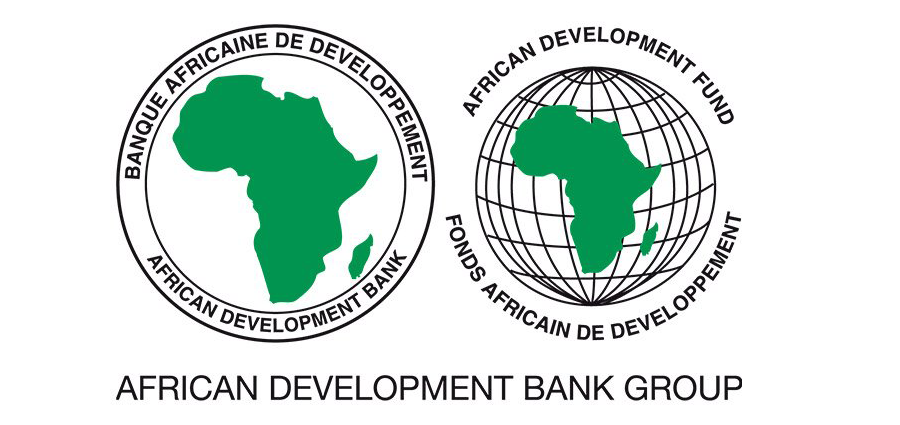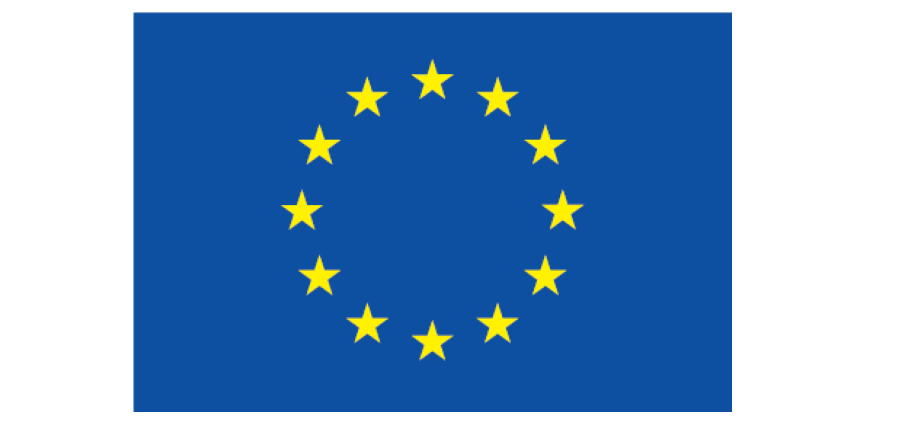Managing Road Safety in Africa: A Framework for National Lead Agencies
Martin Small & Justin Runji

Africa is currently experiencing the highest per capita rate of road fatalities in the world. The World Health Organisation (WHO) estimates the rate of road traffic deaths at 24.1 per 100,000 people in Africa. By comparison, this rate is 18.5 in Asia and 10.3 in Europe. The problem is set to worsen. According to projections by WHO, road fatalities in sub-Saharan Africa will increase by 112%, from approximately 243,000 in 2015 to 514,000 in 2030. This expected escalation comes as some improvement is being projected for the two diseases which are the focus of the Millennium Development Goals—malaria and HIV/AIDS.
The establishment and strengthening of road agencies were a key institutional reform of the African transport landscape in the late twentieth century. Today road safety lead agencies are at the frontline of a public health epidemic in Africa and need considerable investment and support from national governments and the international community alike in order to effectively tackle this crisis.
This road safety management framework has been prepared to assist countries and the regional economic communities to recognize and address the significant deficits in road safety management capacity. For those with functional and efficient agencies, the goal is to significantly strengthen them and to take agency leadership forward as we collectively build a safer and more prosperous future for Africa.
This framework is not a comprehensive step-by-step guide—such material already exists and is well referenced here. Rather, it is a framework that, in addition to addressing generic concerns, is customized to the peculiarities and circumstances faced by many African road safety institutions. I urge countries to candidly accept that road safety management gaps exist and to use this framework as an instrument to pinpoint and close those gaps. The lives of millions of Africans depend on us continuing to improve our road safety management efforts.







